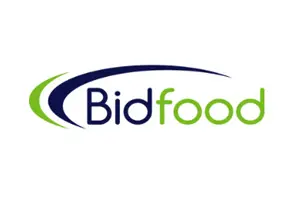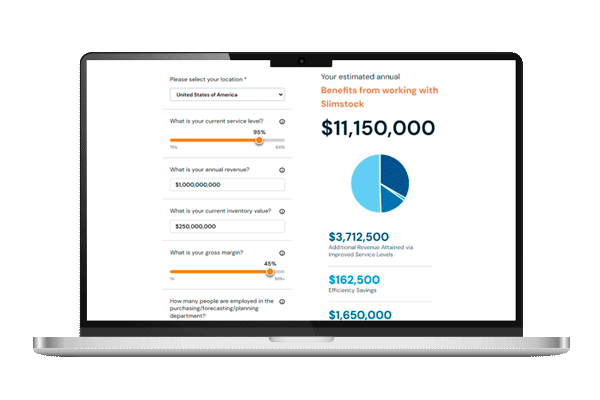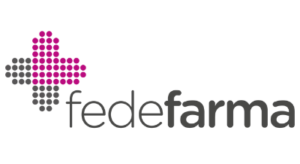Bidfood is one of the UK’s top food distributors, supplying 40,000 customers, including everything from hotels and restaurants to schools and prisons.
In a recent interview, we had the pleasure of speaking with Louise Lyle, Director of Supply Chain at Bidfood. Drawing on over 15 years of experience, Louise shares the instrumental role S&OP, S&OE, and digital transformation have played in helping Bidfood get closer to its customers.
Q: What prompted Bidfood to explore the potential of S&OP?
We offer a huge number of SKUs and stocking locations (stock pots). Managing them efficiently is therefore crucial. The main challenge we faced was ensuring we had the right stock in the right place at the right time while also optimising our cash flow.
We already focus heavily on the supply chain. With Slimstock, we can manage by exception rather than our planners having to look at everything daily. This has significantly streamlined our operations. However, by taking this a step further and embracing S&OP, the whole company can work towards a common goal.
Q: How will Bidfood leverage supply chain technology to realise its business objectives?
Over the next 18-24 months, we will focus on investing in technology to help our customers and our business grow.
We had yet to investigate S&OP much at Bidfood before, and I was curious about the tools available to help us introduce this process to our business. Simplicity is key— we want to simplify our operations, improve our processes, and enhance our infrastructure. This will bring us closer to our customers and ensure we meet their needs more effectively.
Q: Can you share some of the early results you have seen?
Since embarking on this supply chain transformation journey, our stock value has reduced by £6 million from £115 million while improving availability levels.
Waste is also a priority for our business. In a ‘good’ week, we typically write-off around £6,000-7,000 in waste. But in a bad week, this can go up to as much as £15,000-20,000.
We recently hit a significant milestone, reducing the write-off to just £2,500, which is phenomenal. We’ve seen fantastic results in terms of reduced cash flow issues, increased working capital, and decreased stock waste.







